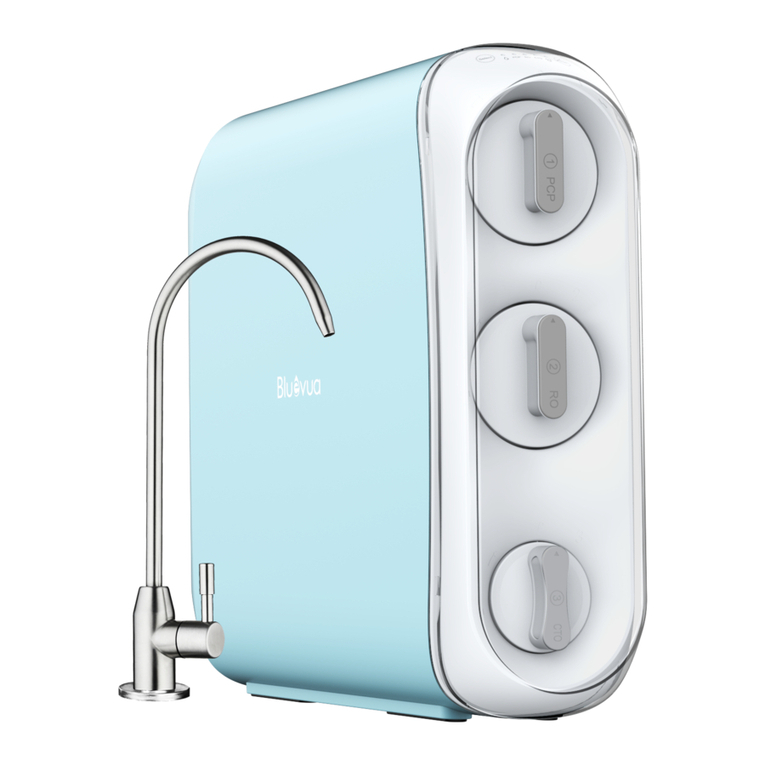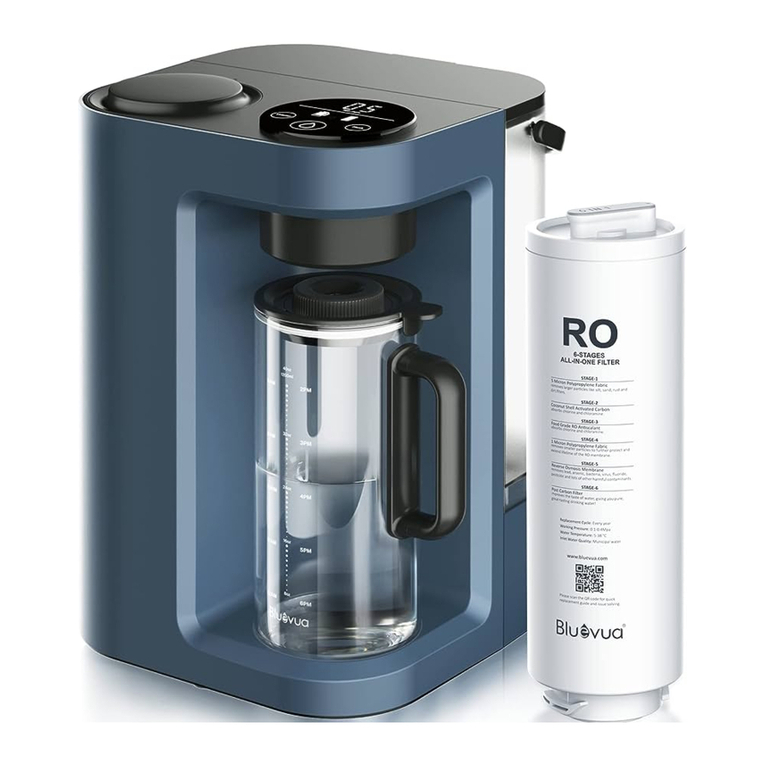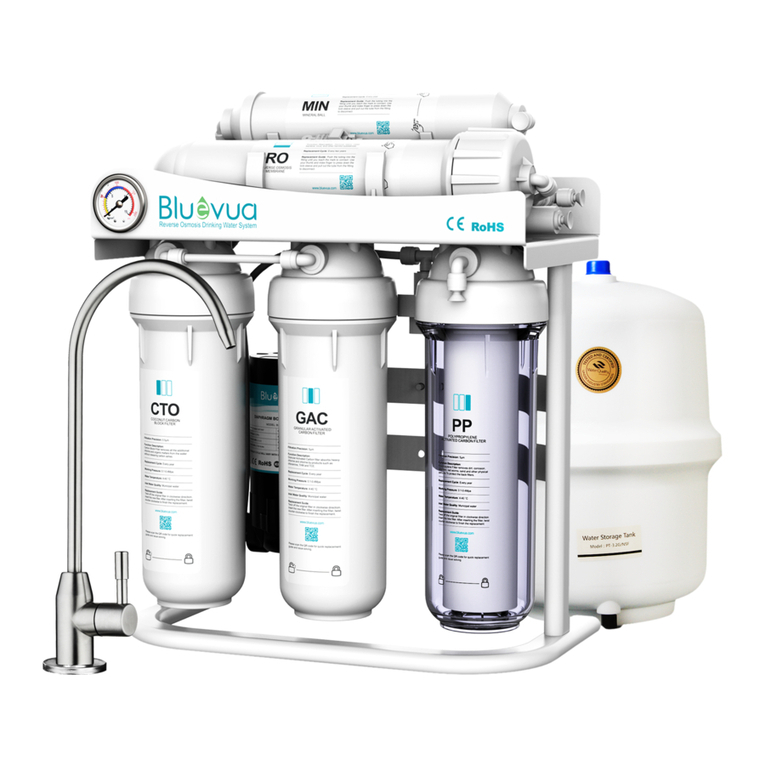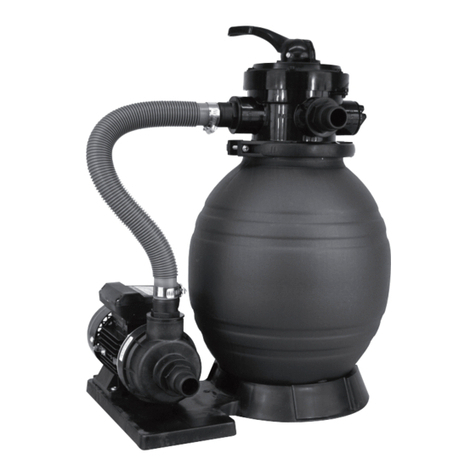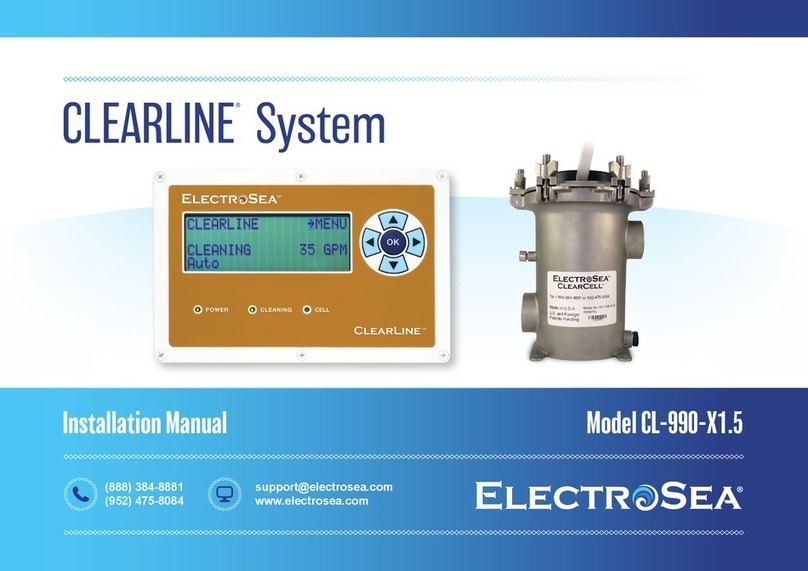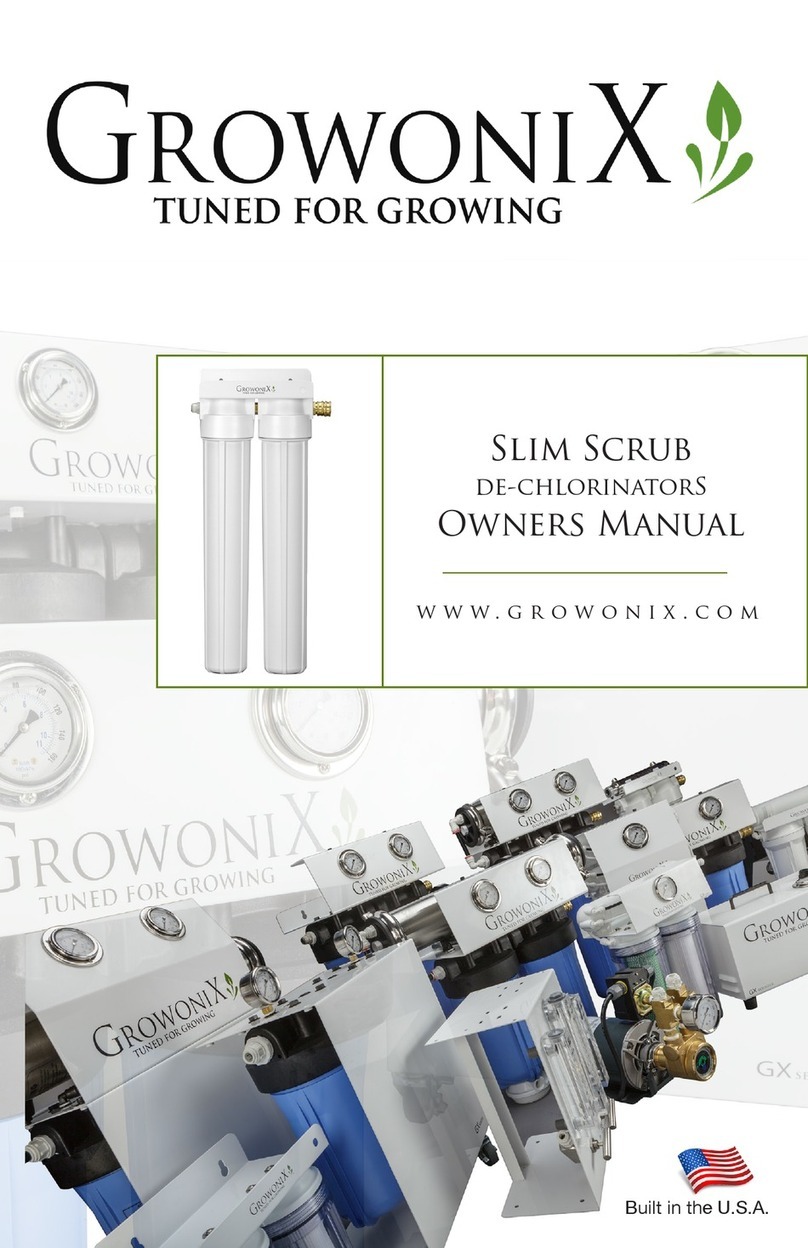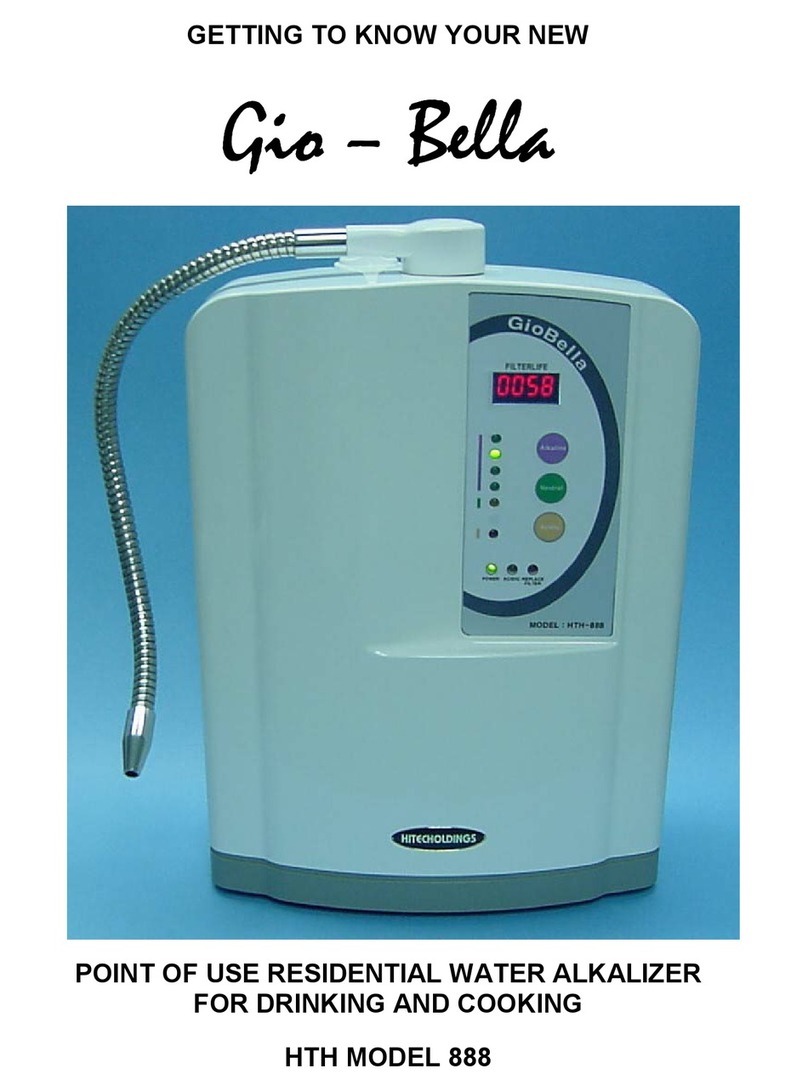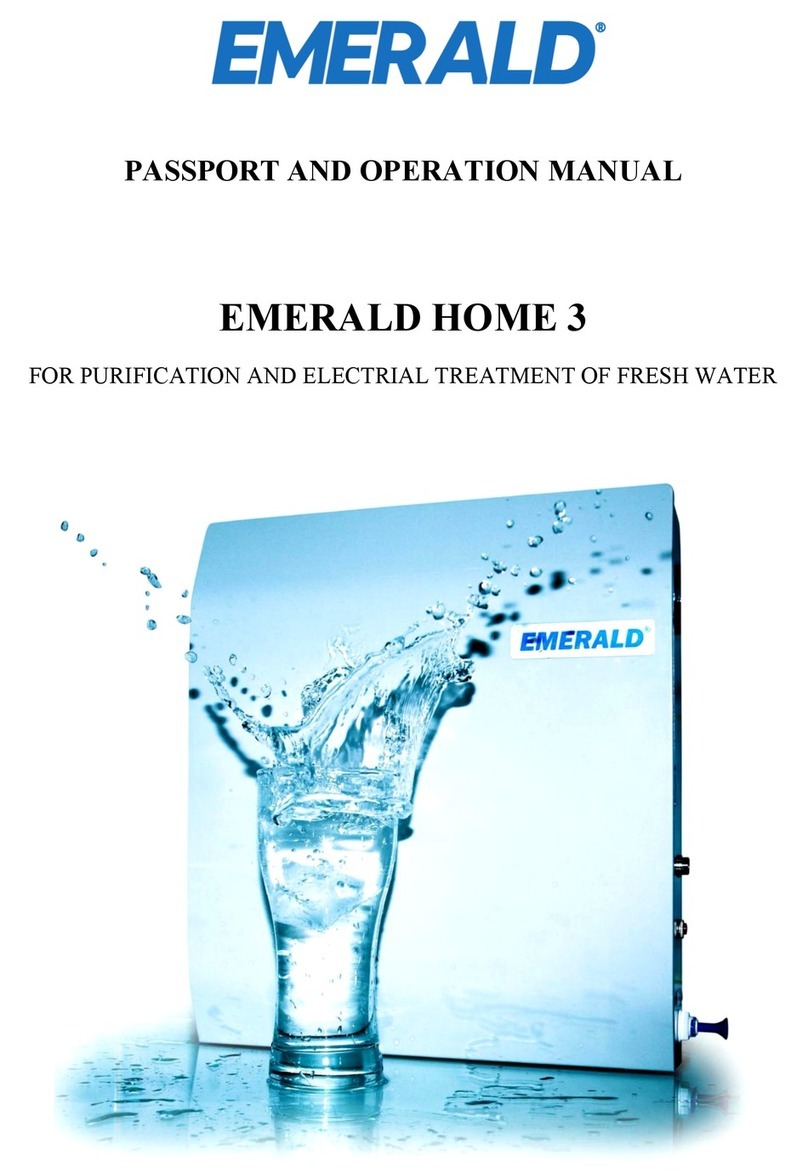Bluevua RO100ROPOT User manual




















Table of contents
Other Bluevua Water Filtration System manuals
Popular Water Filtration System manuals by other brands
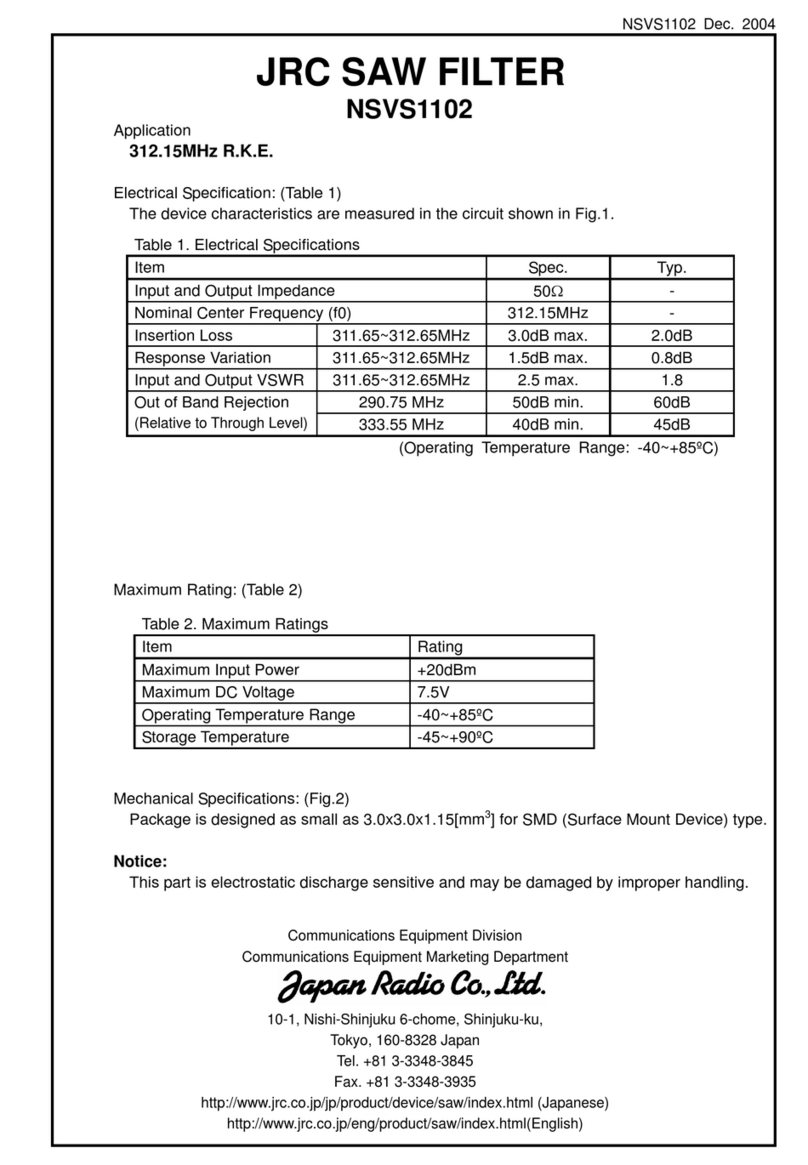
JRC
JRC NSVS1102 manual
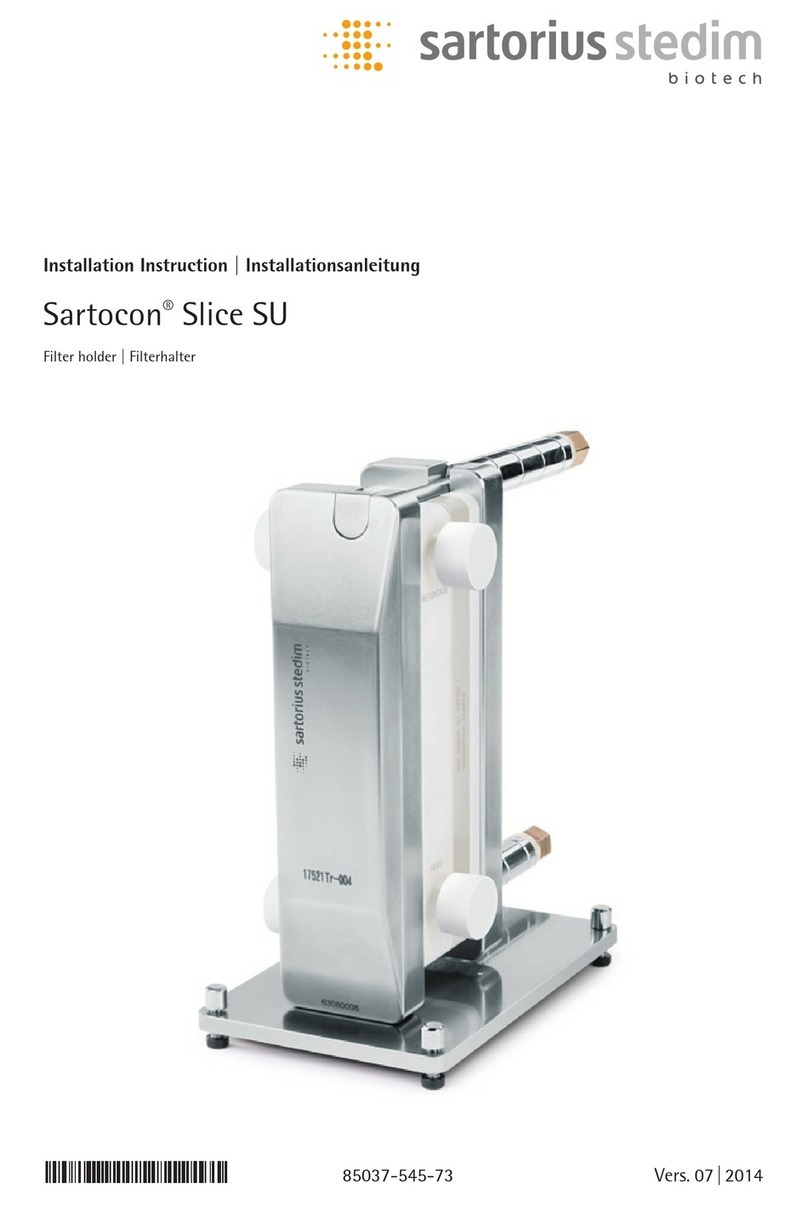
Sartorius Stedim Biotech
Sartorius Stedim Biotech Sartocon Slice SU Installation instruction
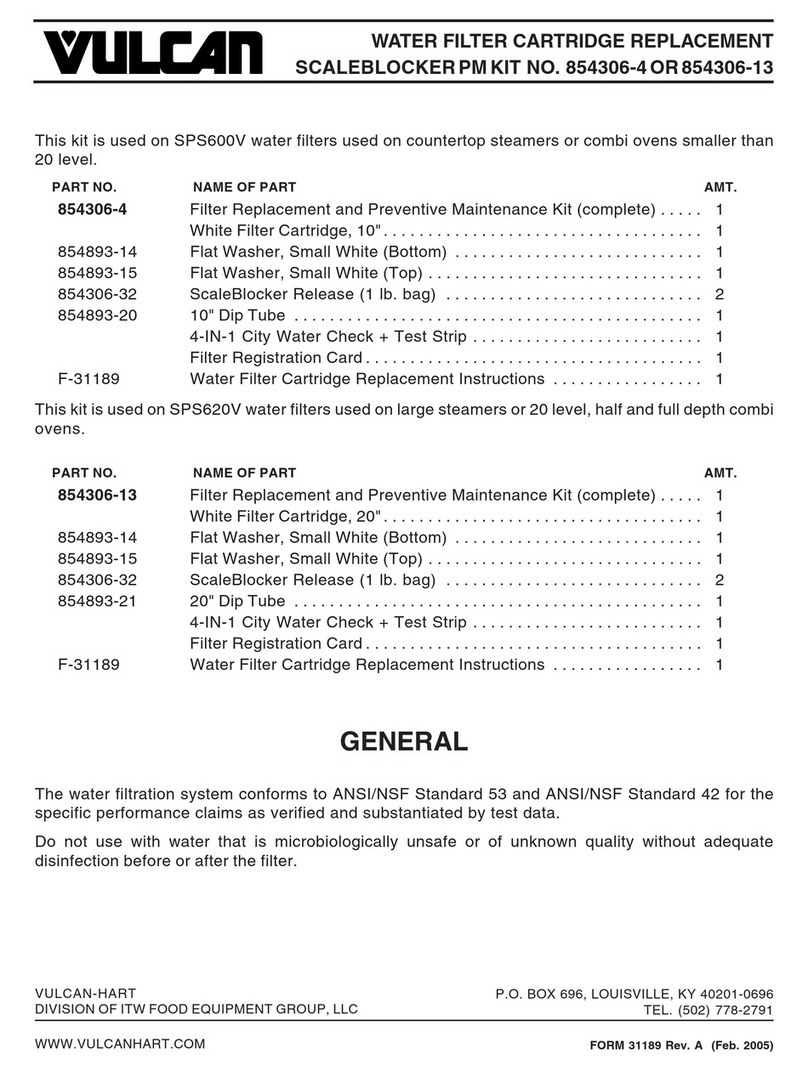
Vulcan-Hart
Vulcan-Hart Scaleblocker SPS600V Cartridges Replacement

Outback Water
Outback Water Outback-Plus OB-25NF Installation and operating instruction manual

Osmosis
Osmosis MT Technical manual
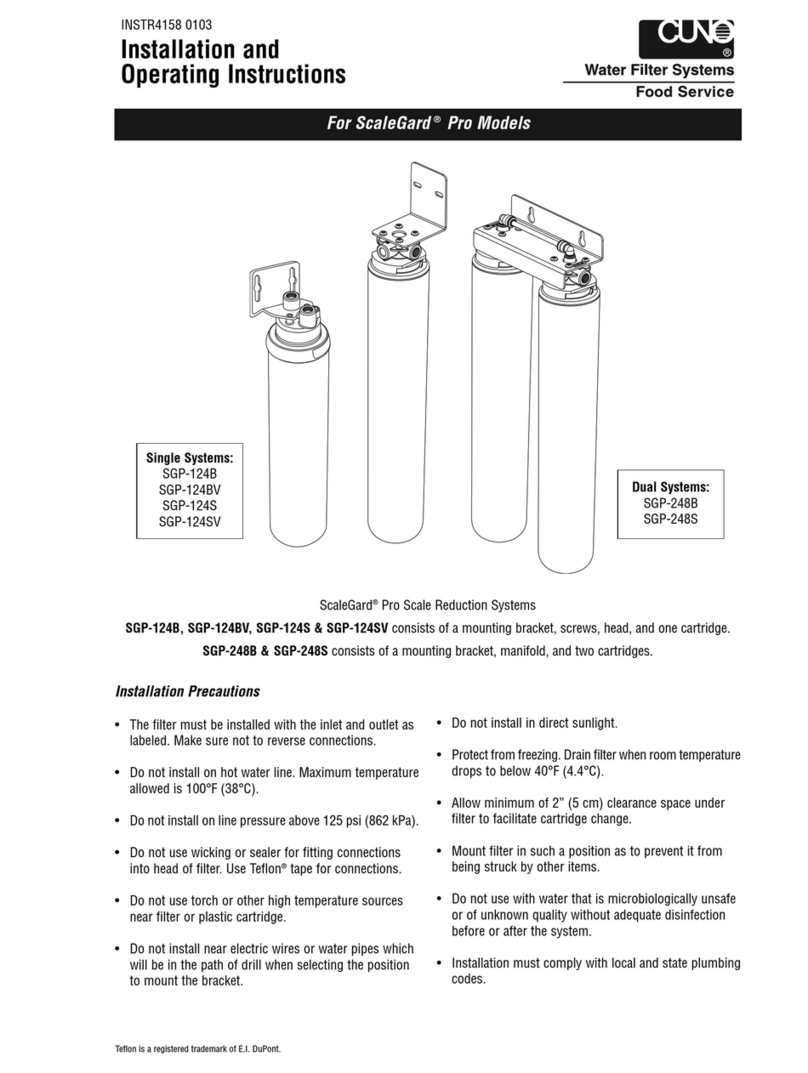
Cuno
Cuno scalegard pro SGP-124B Installation and operating instructions
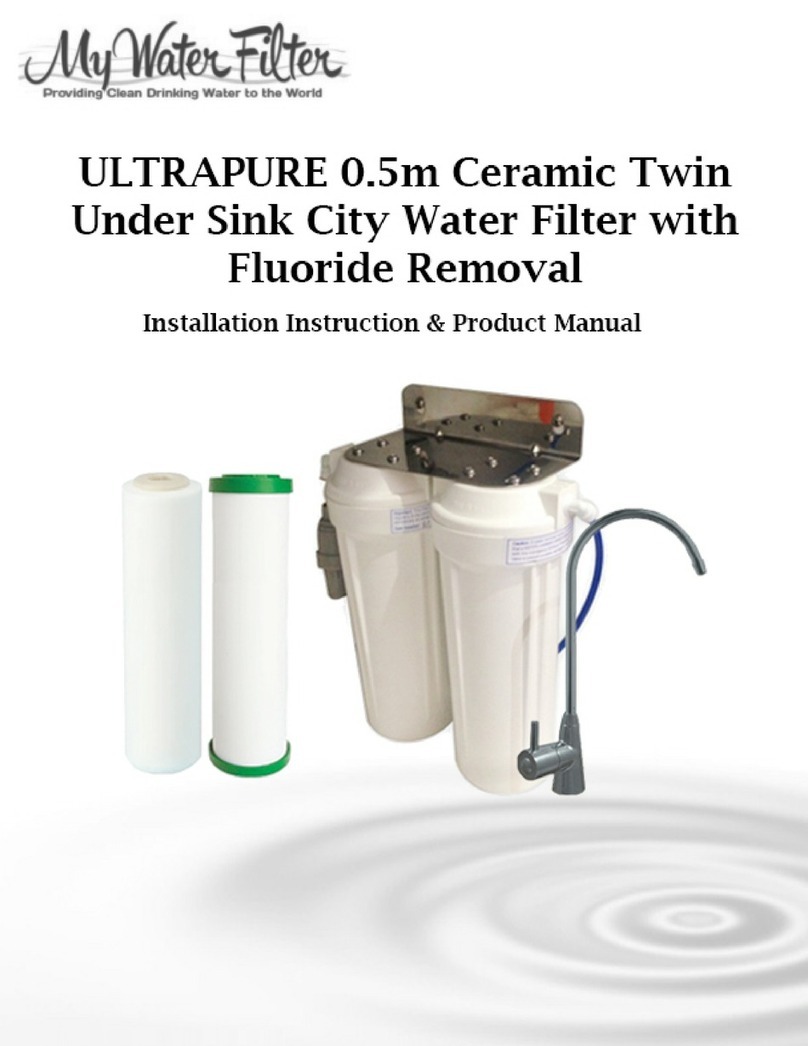
My Water Filter
My Water Filter ULTRAPURE installation guide
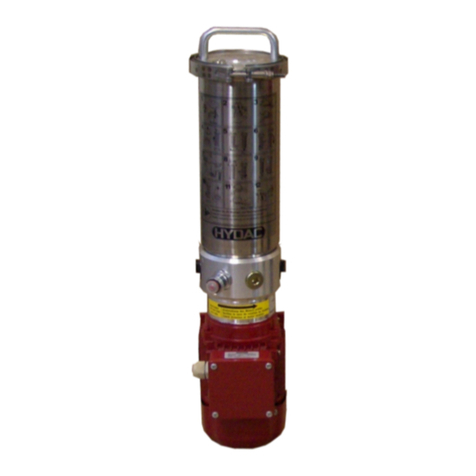
Hydac
Hydac OLF-5 Installation and maintenance instructions

Oase
Oase BioSmart 5000 operating instructions
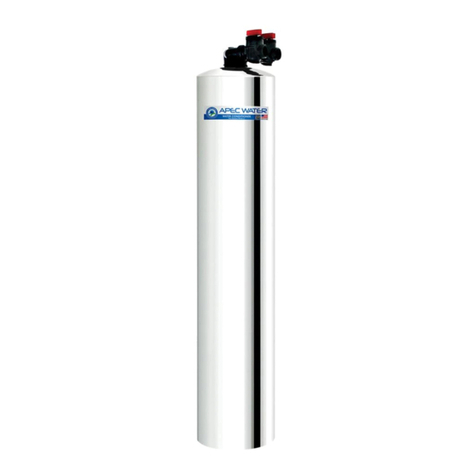
Apec Water
Apec Water GREEN CARBON Series Installation instructions & owner's manual
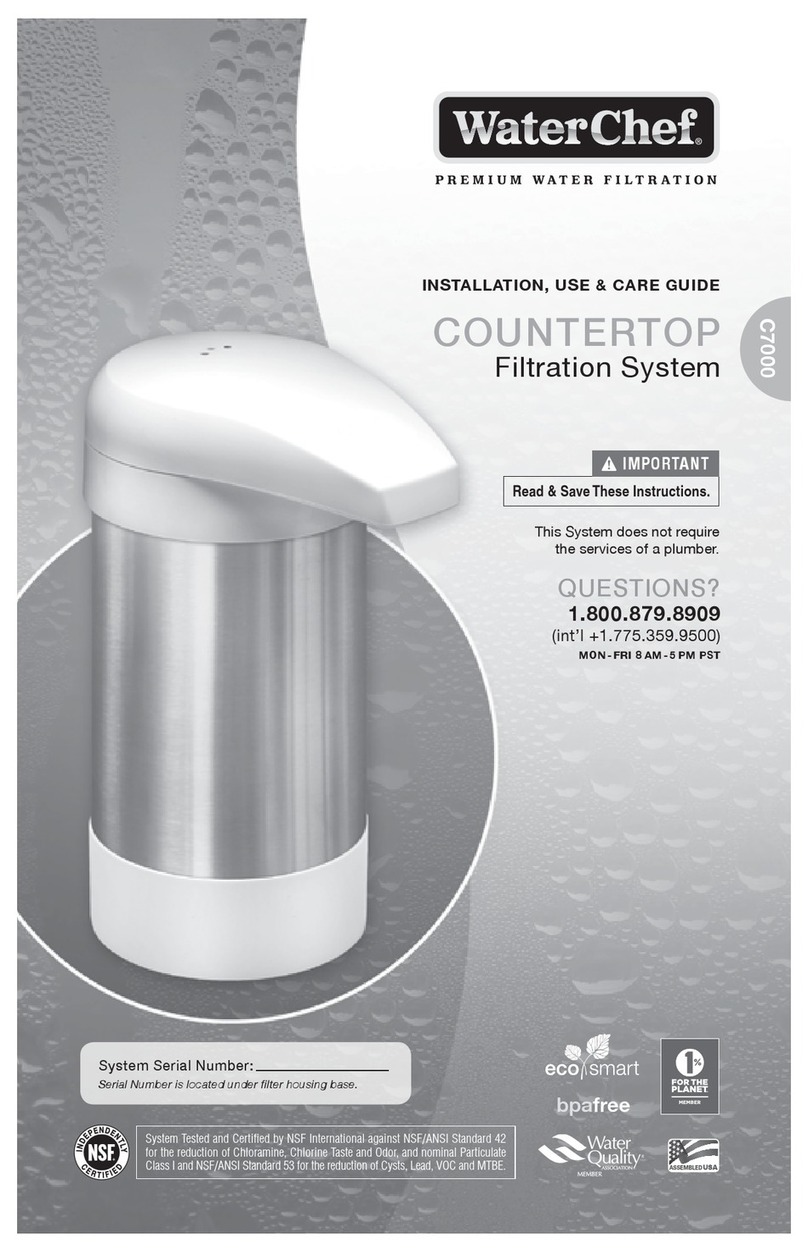
WaterChef
WaterChef Countertop C7000 Installation, use and care guide

FSHS
FSHS PuROMax installation instructions

